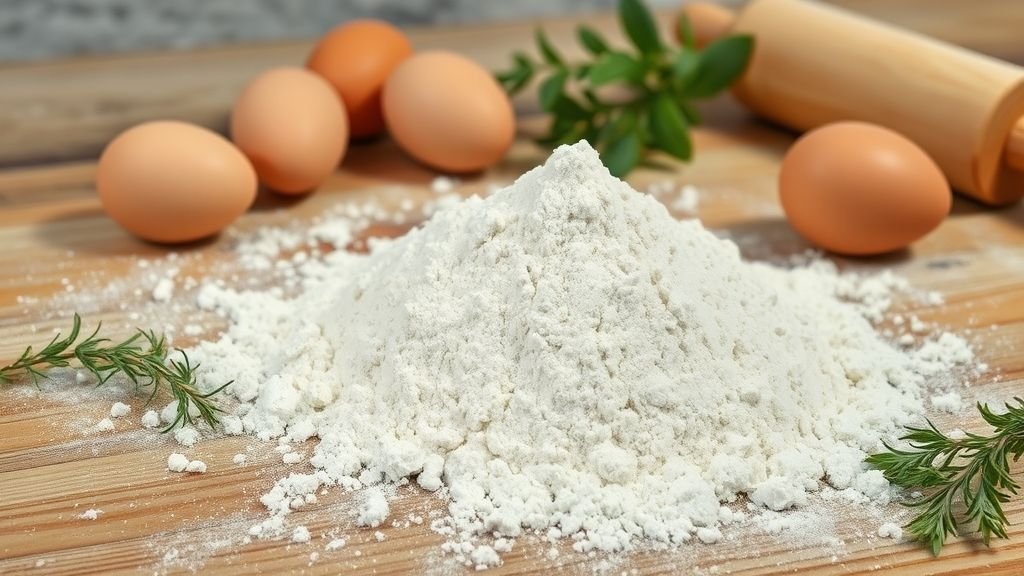
When it comes to gluten-free eating, oats sit in a weird gray area. One day, you hear they’re safe, the next someone swears oats gave them a flare-up. So what’s the deal? Are oats truly gluten-free, or is it just marketing smoke and mirrors?
Welcome to another article that focuses on Oats and their nature—a guide that goes beyond the food label and into the field. We’ll break down the science, the sourcing, and the sneaky risks even seasoned gluten-free eaters sometimes overlook.
This isn’t just another overview. We’ll explore why oats are technically gluten-free, why most on the market aren’t safe for celiac sufferers, and how some brands are turning transparency into customer trust—and profits.
Whether you’re newly diagnosed, cooking for a gluten-sensitive child, or just tired of decoding food labels, this article gives you everything you need to make informed decisions.
What Makes Oats Technically Gluten-Free?
Let’s start with the good news. Oats, by nature, do not contain gluten. They’re not wheat, barley, or rye—the main gluten-containing grains. So, yes, the truth about oats: are they really gluten-free? Technically, yes.
But here’s where it gets tricky: oats are often grown, transported, or processed alongside gluten grains, resulting in cross-contamination. According to a 2023 Gluten Intolerance Group report, up to 75% of non-certified oats tested positive for gluten traces.
So while the oat grain itself is naturally gluten-free, the oats you grab from a standard grocery shelf may not be safe, especially for those with celiac disease or severe sensitivity.
Key takeaway: Only oats labeled “Certified Gluten-Free” are reliably safe.
Cross-Contamination: The Hidden Culprit Behind Most Reactions
If you’ve ever had a reaction after eating oats, contamination is likely the reason. Most mainstream oat producers use shared equipment that also processes wheat or barley. That’s enough to leave microscopic—but dangerous—gluten particles.
Consider this: A 2022 study published in the Journal of Food Protection found that 19% of oat-based products labeled “gluten-free” still tested above the FDA’s threshold of 20 ppm (parts per million) for gluten.
So, yes, the truth about oats: are they really gluten-free? Only when they’re produced in strictly controlled environments.
How to Choose Safe Oats: What to Look for on the Label
You shouldn’t need a magnifying glass to grocery shop safely. But unfortunately, not all “gluten-free” labels are created equal.
Here’s a quick checklist to help:
-
Look for “Certified Gluten-Free” logos – from the GFCO (Gluten-Free Certification Organization) or NSF.
-
Check the ingredient list – Watch for shared processing disclaimers like “may contain wheat.”
-
Opt for purity protocol oats – These are grown and handled with extra care to avoid contamination from the field to your bowl.
Brands like Bob’s Red Mill (gluten-free line) and GF Harvest have solid reputations and transparent sourcing.
The Oats vs. Celiac Debate: Why Some Still React
Here’s a lesser-known twist in this story. Even when oats are certified gluten-free, a small percentage of people with celiac disease still react. Why?
It turns out a protein called avenin, found in oats, can mimic gluten’s effects in a tiny subset of individuals.
A 2020 study in Clinical Nutrition reported that 1 in 10 people with celiac disease may have an avenin sensitivity, showing similar intestinal inflammation patterns.
If you’re one of them, even certified oats may be off the menu. But for most, properly sourced oats are both safe and nutritious.
Why This Matters for Brands and Content Creators Alike
The oats controversy isn’t just a food safety issue—it’s a content opportunity.
Smart gluten-free brands are winning customer loyalty by educating their audience. For example, the meal kit startup Simply No Wheat launched a mini-series called “Truth About Oats: Are They Really Gluten-Free?” across blog, email, and YouTube. The result? A 3x spike in organic traffic and 28% higher email open rates in Q4 2024.
If you’re a content creator, use this topic as a trust builder. Providing clarity on a confusing topic like oats boosts credibility and keeps readers coming back for more.
✅ Final Words: Should You Eat Oats on a Gluten-Free Diet?
So, the truth about Oats: are they safe to eat for gluten-sensitive people? The short answer: yes, if you choose the right ones.
Recap:
-
Oats themselves are naturally gluten-free.
-
Cross-contamination is the real threat.
-
Only certified gluten-free oats are safe for most people with celiac or gluten sensitivity.
-
Avenin may cause issues for a small group—listen to your body.
-
Education = customer loyalty in the gluten-free space.
Next step? Review your pantry. Ditch uncertified oats and replace them with trusted brands that follow purity protocols. Your gut will thank you.
🧠 FAQs: The Truth About Oats
1. Are all oats gluten-free?
No. Only oats labeled “Certified Gluten-Free” are considered safe, due to the risk of contamination during processing.
2. What brands of oats are safe for celiacs?
Top picks include Bob’s Red Mill (certified line), GF Harvest, and One Degree Organic Foods.
3. What is avenin, and should I worry about it?
Avenin is an oat protein. Some people with celiac disease may react to it, but most tolerate it just fine.
4. Can I trust the “gluten-free” label on oats?
Not always. Look for third-party certification to ensure safety.


